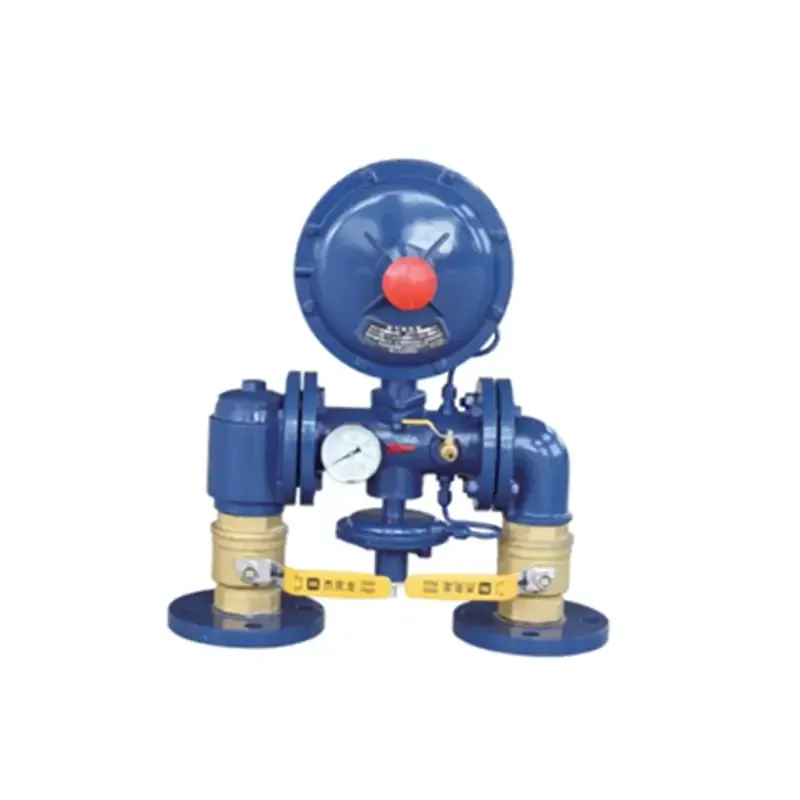
Oct . 05, 2024 15:42
Back to list
Understanding the Functionality and Importance of Shut-Off Valves in Fluid Systems
Understanding Shut-Off Valves Essential Components in Fluid Control Systems
Shut-off valves are critical components in various industrial and plumbing applications, designed to control the flow of liquids and gases. Their primary function is to stop or allow the passage of fluids within a pipeline, ensuring safety and efficiency in operations. These valves come in several types, including ball valves, gate valves, and globe valves, each offering unique advantages based on design and application.
One of the most common shut-off valves is the ball valve. This type features a spherical disc with a hole in the center, allowing fluid to flow through when the valve is open and stopping flow when it is closed. Ball valves provide quick shut-off capabilities with minimal pressure drop, making them ideal for applications where efficiency is paramount. They are commonly used in water supply systems, oil and gas industries, and chemical processing.
Gate valves, on the other hand, are often employed when the valve needs to be fully opened or closed. Instead of a rotating mechanism like the ball valve, gate valves use a sliding gate to control flow, allowing for a straight-line flow path. However, they may require more time to operate and are not ideal for applications involving frequent flow changes. These valves are commonly used in water treatment plants, power generation facilities, and wastewater management systems.
shut-off valve

Globe valves are another type of shut-off valve, characterized by their spherical body shape
. They are particularly effective for throttling flow, providing precise control over fluid passage. Their design consists of a movable disk and a stationary ring seat, making them suitable for regulating flow rates. Globe valves are commonly used in steam and cooling water systems, where fine control of fluid is essential.The choice of shut-off valve depends on various factors, including the nature of the fluid, the pressure and temperature conditions, and the specific requirements of the application. For instance, high-pressure systems may require specific valve materials and designs to withstand extreme conditions while preventing leaks. Additionally, regular maintenance is crucial for ensuring that shut-off valves operate effectively, as they can experience wear and tear over time.
In conclusion, shut-off valves play a vital role in the safe and efficient operation of fluid control systems across multiple industries. Understanding the different types available and their functional characteristics can aid in selecting the right valve for any application. By ensuring that shut-off valves are properly maintained and selected according to the specific needs of a system, businesses can enhance operational safety, reliability, and efficiency, ultimately leading to improved performance and reduced downtime.
Next:
Latest news
-
Safety Valve Spring-Loaded Design Overpressure ProtectionNewsJul.25,2025
-
Precision Voltage Regulator AC5 Accuracy Grade PerformanceNewsJul.25,2025
-
Natural Gas Pressure Regulating Skid Industrial Pipeline ApplicationsNewsJul.25,2025
-
Natural Gas Filter Stainless Steel Mesh Element DesignNewsJul.25,2025
-
Gas Pressure Regulator Valve Direct-Acting Spring-Loaded DesignNewsJul.25,2025
-
Decompression Equipment Multi-Stage Heat Exchange System DesignNewsJul.25,2025

